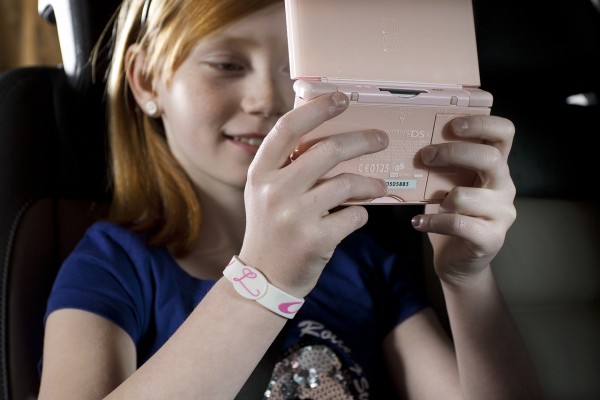Visuospatial Exercises Can Train the Brain To Reduce Motion Sickness
Fight Travel Sickness
Researchers at WMG, University of Warwick, claim that by engaging in a pen-and-paper visuospatial training, it can reduce nausea during travel by more than 50 percent. This study was published in the journal Applied Ergonomics, 'A Novel Method for Reducing Motion Sickness Susceptibility through Training Visuospatial Ability - A Two-Part Study.'
Around 1 in 3 people can experience motion sickness, however anyone can experience this if subjected to an intense movement.
 (Photo: pixabay)
(Photo: pixabay)

What is Motion Sickness?
Motion sickness, sometimes referred to as travel sickness is a feeling of wooziness that usually occurs during travel, it may be in cars and trains or other moving vehicles and even virtual reality headsets or in a simulator. It happens when the repeated movements that happen while traveling are out of sync with our body when we are sitting still.
When the eyes signal to the brain that the body is still but the inner ears and other parts of the body signal that the body is in motion, there is a mismatch in the signals coming from the different parts of the body resulting to a a sensory conflict. Researchers believe it is this conflict that triggers the symptoms of motion sickness.
In the study conducted by the researchers at WMG, participants were subjected to a WMG 3xD simulator for a driving simulator trial, or on an on-road trial. After the test, participants were asked to complete various pen-and-paper visuospatial training tasks, once daily for 15 minutes in a span of 2 weeks. This includes exercises such as paper folding tasks, and cognitive tasks like identifying how patterns would appear on transparent paper when folded. All of these can help 'train the brain' to reduce feelings of nausea in-transit.
The researchers wanted to develop a sickness-alleviating method that didn't involve the use of any medication. They found out that engaging in these tasks prior to traveling is effective in reducing motion sickness among passengers.
Dr Joseph Smyth at the University of Warwick mentioned that by being able to reduce an individual's susceptibility to motion-sickness through simple cognitive training tasks, it can contribute greatly to the development of future transport systems, including autonomous vehicle.
Pete Bennett, from Jaguar Land Rover, said the ability of a car to be user-friendly is the key in making future autonomous vehicles. The research done by WMG has shown that motion sickness can indeed be reduced, and the result of this study can be incorporated into the future vehicle design process.
READ MORE: Scientists Present First-Ever High-Powered Microscopic COVID-19 Image
Preventing Motion Sickness
Make sure to plan ahead when booking a trip. It is best to choose a window seat or avoid any seats that may need you to face backwards. Avoid reading while the vehicle is in motion, and if there is access to a window, open for fresh air.
If you know how to drive, it is better to drive yourself as most people reported that they don't show any symptoms where they are the ones in the driver seat.
Get plenty of rest the night before a trip and keep hydrated. Dehydration and lack of sleep can exacerbate symptoms of motion sickness.
LEARN MORE: Dangerous Amounts of Steroids Allegedly Given to Thousands of Asthma Patients
Check out more news and information on Motion Sickness on MD News Daily.
Sep 15, 2020 08:20 AM EDT





